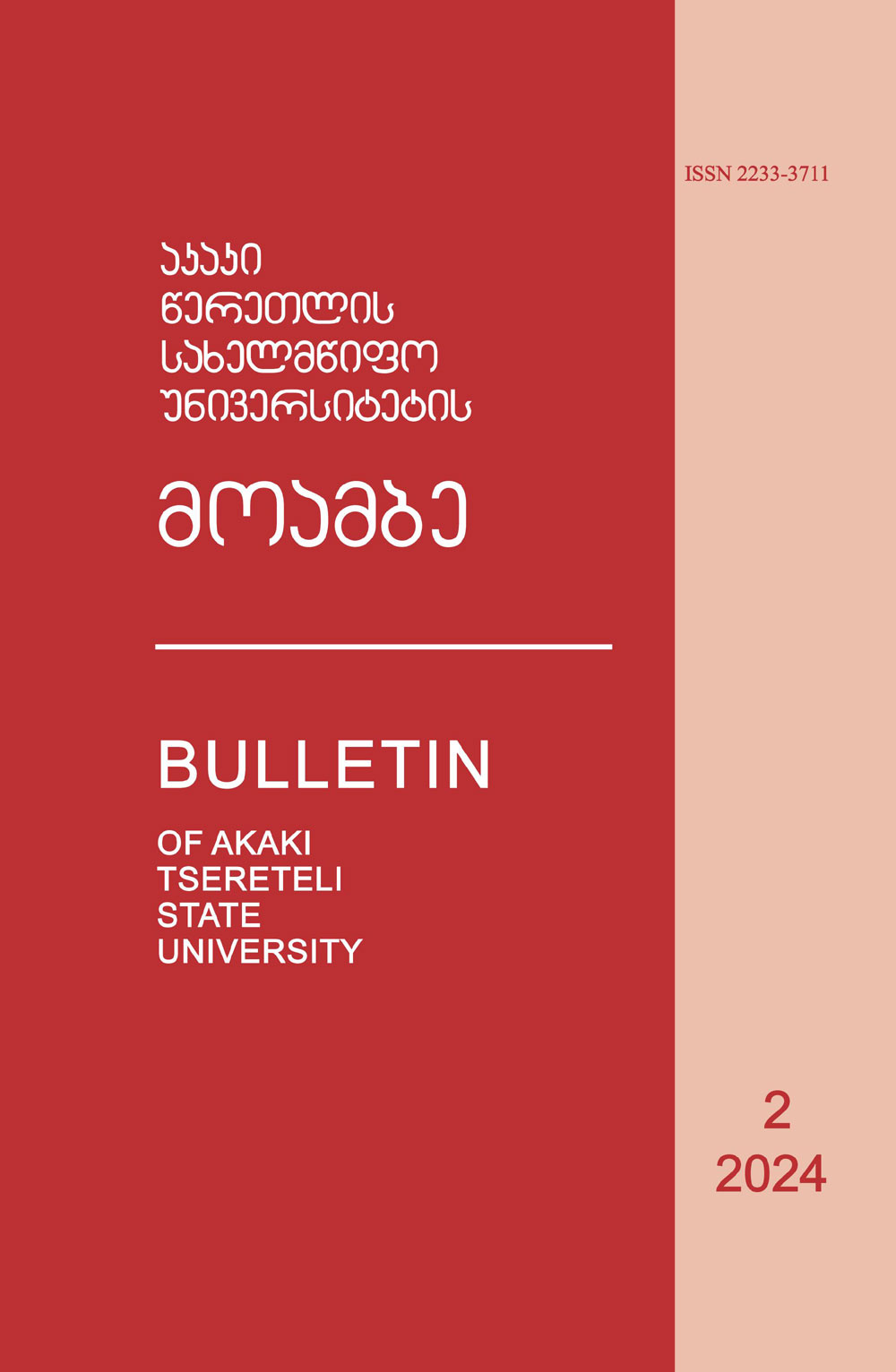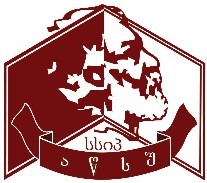ზამთრის პირობებში ბეტონირებისას მრავალკომპონენტიანი სამშენებლო სისტემის საანგარიშო მოდელის შერჩევა
DOI:
https://doi.org/10.52340/atsu.2024.2.24.13საკვანძო სიტყვები:
ცემენტის მინერალები, ცემენტის კლინკერები, ცემენტის დატენიანება, ბეტონი, მოწყობილობა ბეტონის დეფორმირებისათვისანოტაცია
ნაშრომში მოცემულია ცემენტის ჰიდრატაციის მინერალების ანალიზი და განსაზღვრულია ბეტონის საწყისი სიმტკიცის გაზრდის გზები. წარმოდგენილია ექსპერიმენტალური კვლევის შედეგები და ბეტონირების ტექნოლოგიის კვლევის შედეგები.
წყაროები
Agarwal, R. Audretsch, D. Sarkar, M.B. 2007. „The process of creative construction: knowledge spillovers, entrepreneurship, and economic growth.“ Strategic Entrepreneurship Journal. Т. 1, №. 34, 2007: 263-286.
Brzhanov, R.T. 2010. „To a question of a rational method of winter concreting“. Herald of the Kazakh-British technical university. №4, 2010: 112-117.
Brzhanov, R.T. 2018. „The calculation of the cooling time of concrete.“ Vestnik KazGASA, №2, 2018: 79-86. RU.
Brzhanov, R.T. Pikus, G.A. Traykova, M. 2018. „Methods of increasing the initial strength of winter concrete.“ IOP Conference Series: Materials Science and Engineering. IOP Publishing, v. 451. №1, 2018: 012083.
Krentowski, J.R. Knyziak, P. Mackiewicz, M. 2021. „Durability of interlayer connections in external walls in precast residential buildings.“ Engineering Failure Analysis. v. 121, 2021: 105059.
Mehta, P.K. Monteiro, P.J. M. 2014. Concrete: microstructure, properties, and materials. McGraw-Hill Education.
Rosenqvist, M. et al. 2017. „Effects of interactions between leaching, frost action and abrasion on the surface deterioration of concrete.“ Construction and Building Materials. v. 149, 2017: 849-860.
Stradanchenko, S. et al. 2019. „Information technology in the study of the quality of concrete work.“ E3S Web of Conferences. EDP Sciences, Т. 104, 2019: 01009.
Yang, M. et al. 2010. „Permafrost degradation and its environmental effects on the Tibetan Plateau: A review of recent research.“ Earth-Science Reviews. Т. 103. №. 1-2, 2010: 31-44.
Wei, X. et al. 2021. „Influence of low-temperature curing on the mechanical strength, hydration process, and microstructure of alkali-activated fly ash and ground granulated blast furnace slag mortar.“ Construction and Building Materials. v. 269, 2021: 121811.
Catharin, P. 1978. „Hydratationswarme und Festigkeitsentwicklung (Teil 1, 2).“ Betonwerk + Fertigteii - Technik. N°10, 1978: 539-544. № 12, 1978: 729-733.
Golovnev, S.G. 1999. Tekhnologiya zimnego betonirovaniya. Optimizaciya parametrov i vybor metodov. CHelyabinsk: Izd-vo YUUrGU. RU.
Volzhenskij, A.V. 1976. «Vliyanie nekotoryh komponentov na svojstva cementnogo kamnya». 6 mezhdunarodnyj kongress po himii cementa. T. ||-2. M.: Stoiizdat,1976: 91-97. RU.
Mendibaeva, A.T. 2015. „Racional'nye metody zimnego betonirovaniya.“ Vestnik KazGASA, №1, 2015: 146-151. RU.
Brzhanov, R.T. 2010. «Prichiny destruktivnyh processov pri zimnem betonirovanii». Materialy Mezhdunarodnoj nauchno-tekhnicheskoj konferenicii Sovremennye problemy geotekhniki, mekhaniki i stroitel'stva transportnyh sooruzhenii, 28-29maya 2010 - pp. 235-238. RU.
Brzhanov, R.T. Bishimbaev, V.K. 2011. Innovacionnyj patent №25070. Byulleten' izobretenii №12, 15.12.2011. RU.
Ismailov, A. A. Kudabaev, R.B. Kopzhasarova, G.T. 2016. «Morozostojkost' melkozernistogo betona na shlakovyh vyazhushchih». Vestnik KazGASA, № 2, 2016:107-112. RU.
Mironov, S.A. 1975. Teoriya i metody zimnego betonirovaniya. M.: Stroiizdat. RU.





